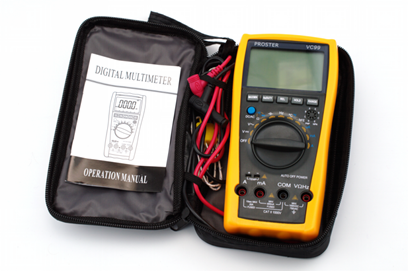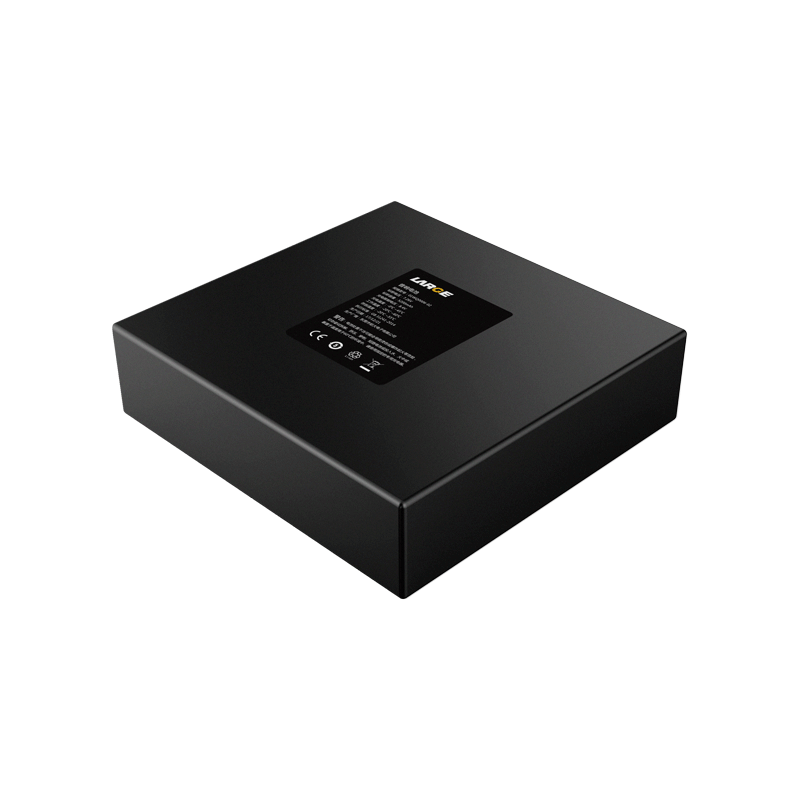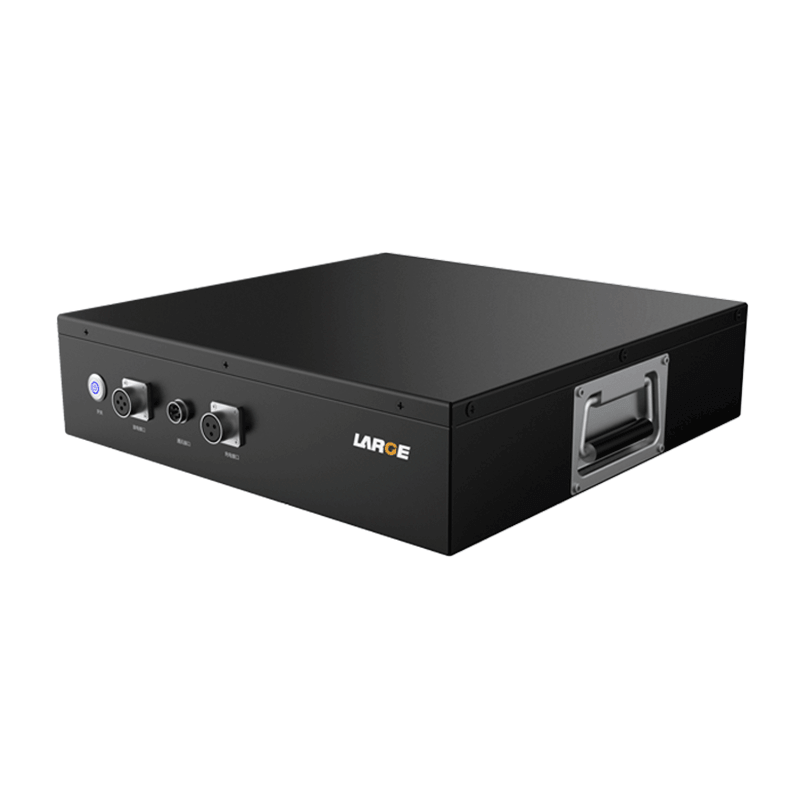How to Test Lithium Batteries With A Multimeter
Aug 15, 2020 Pageview:30802
This article introduces some knowledge of lithium battery and multimeter, and describes in detail how to use the multimeter to test lithium battery. Here is other article for multimeter understanding: Test Lithium Battery Multimeter Explanation. As for capacity analysis, you can also check: How to Test Lithium Ion Battery Capacity-Testing and Care.
Lithium batteries are well introduced into modern devices by now, and it’s only normal for you as a user to find out if they’re working correctly and delivering the appropriate voltage. If you want to find out how to test lithium batteries using a multimeter and whether it’s the safest choice, keep reading.
What are lithium batteries?
There are two main different types of lithium batteries. One of them are the lithium-metal batteries and the other ones are the lithium-ion batteries. The former battery has a metallic lithium as anode and they are well known for their charge density, which equals a long life and high cost per unit. They usually have a range of voltages between 1.5V and 3.7V. These type of batteries are also known as disposable batteries as the lithium-ion (Also known as li-ion batteries) are rechargeable. Their usage varies from a wide range of daily products as they can power devices such as cameras, calculators, remote controls, among others.
The lithium-ion batteries are growing in popularity as they are commonly used in modern portable electronics and have different applications. Previously used only in personal devices, they are now being used for military or evenspecial purposes. These batteries also have a high energy density and low self-discharge. The lithium-ion batteries are formed by four components: cathode, anode, electrolyte and a separator.
● The cathode: Is where the lithium ions come from and it’s the part that determines the voltage and capacity.
● The anode: It has two functions as it is used to store the lithium ions when the battery is charged and it facilitates the electric current flow through an external circuit.
● The electrolyte: Is the connection between the cathode and anode. It enables the conduit of lithium ions from the cathode to the anode.
● The separator: As the name expresses it is the barrier that will maintain the cathode and anode apart.
How do you test a lithium battery?
Whether you are a lithium battery expert or not, everybody has experienced over time the loss of charging capacity of their electronic devices. This kind of loss in capacity happens due to the life expectancy of the battery. On one hand the average life expectancy for this batteries is of about two to three years, but there are some that can be measured by the total amount of full charges that it can handle before noticing a decrease in the charging capacity. On the other hand some of the external factors that may affect the life expectancy are the temperature, overcharging and/or using the wrong charger.
Therefore, how do you test a lithium ion battery to make sure it has the right capacity? First of all you must remove the battery from the device. In most of the cases the battery is attached and it will need some extra work to take if off. However, before opening any device or removing the battery you must consult the owner’s manual of the device. Opening any object without reading the manual may result in considerable damage to the battery or the object itself. Also, several batteries must be discharged before testing to avoid any type of reactions such as fires (as it happened to Samsung a couple of years ago).
Application of a multimeter
As mentioned above, the application of a tester represents safety hazards that must be considered. Always refer to the user’s manual to avoid risky procedures, understand safety precautions and limits. Make sure the voltage or current doesn’t exceed the max rating of the tester and never let the bare metal ends touch during and energized test.

Multimeters are instruments used to measure and test electrical voltage, amperage or resistance. There are analog and digital versions that work as useful tools for simple and complex test from battery voltage to complex diagnostics.
Analog multimeters are sensible, complex tools and must be handled carefully. The multimeter has a needle that will move over a graduated scale which is great for detecting slow voltage changes as the needle will be seen moving over the scale. However they are not as accurate as digital ones.
Digital multimeters are more expensive and they show the results on an LCD screen. The cost range will change considerable from basic versions to advanced versions. For basic users the benefit will come as the digital multimeters are easier to read and to carry.
Whether you are using one type or the other, both multimeters have two leads (red and black) and three different ports. There is also a knob in the center which you’ll have to adjust in order to select the right function and appropriate range. To see if a rechargeable battery is accepting a full charge you may use a multimeter to test after a charging cycle is completed. While adjusting the settings make sure that it can measure at least the maximum number of voltes the battery is capable of providing. Once you have the setting done use the black lead to the negative (-) end or terminal of the battery and then the red lead to the positive (+) end or terminal of the battery. If the voltage is significantly less it may be near the end of useful recharge.
Can a multimeter be used for accurate battery testing?
Due to the safety hazards that lithium batteries represent, these batteries have been considered as dangerous goods by the UN. There are several type of tests that must be done in order to ensure the safe use of these batteries. Therefore nowadays there are different battery test methods that help to analyze the state of a battery. However in order to have an accurate battery test you can’t just rely on a sole rapid-test method. Voltage, internal resistance, capacity of the chemical, ion flow, current, temperature are some of the different types of test you should make before considering an accurate test. Nevertheless, considering your own needs, using a multimeter to analyze the right amount of voltage, amperage or resistance may be a prompt and accurate solution.
- Prev Article: Solar Charge Controller for Lithium-Ion Battery
- Next Article: How to Dispose of Damaged Lithium-ion Batteries
Leave Message
Hottest Categories
-
Hottest Industry News
-
Latest Industry News













